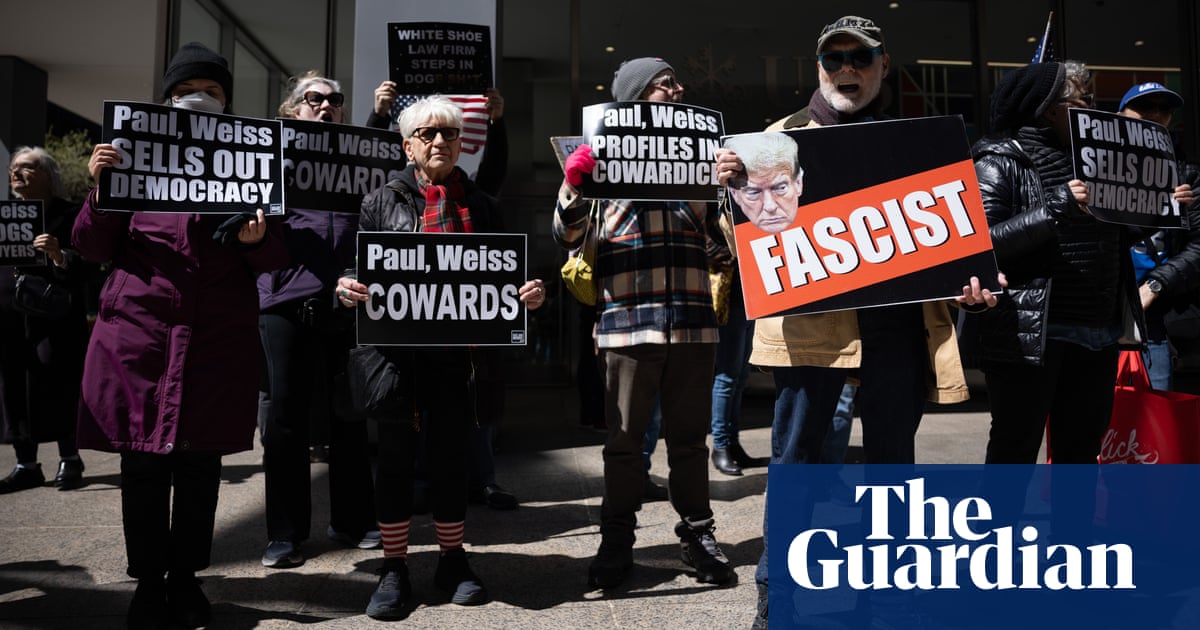My husband died of a fentanyl overdose.
Leading up to his death, Cleve had been prescribed all sorts of pain medications. He was a war-wounded Marine who had been sent to Iraq twice. During his second deployment, an improvised explosive device detonated next to the Humvee he was driving. The military shipped him back to the States with TBI, PTSD and a leg so severely maimed it would eventually be amputated just below the knee. For the next four years, Cleve took opioids every day, multiple times a day.
Inevitably, he became dependent on them. When he would notice signs of addiction to whatever he was prescribed at the moment, his doctors would switch him to something new – Dilaudid to Percocet to methadone to Oxycontin, and finally, fentanyl. He was 25 years old when his body was found in a hotel room next to a homemade aluminum foil pipe.
As someone who was widowed at 24 years old, I am all too familiar with the cost of the opioid crisis in the United States. At its peak, between 2022 and 2023, drug overdoses took more than 111,000 lives. Opioid overdoses are the leading cause of death for Americans between the ages of 18 and 45. In 2022, just over 72,000 of those deaths were from fentanyl overdoses. Between 2022 and 2023, US border control fentanyl seizures nearly doubled from 14,700 to 27,023lbs, making it what some have dubbed “the single deadliest drug threat our country has ever encountered”.
I desperately want to find a solution to the fentanyl crisis. Unfortunately, all Trump’s talk about fixing it is smoke and mirrors. Rather than look to research and to other countries that have addressed the issue, the Trump administration is using the opioid crisis and families like mine who have lost loved ones to justify ridiculous tariffs, a useless wall and cruel immigration policies when data clearly shows that immigration has very little to do with drug trafficking or drug use. Meanwhile, thousands of Americans – our family, our friends and our neighbors – continue to die every week.
Trump wants us to believe the Biden administration is at fault for the growing fentanyl problem. He wants us to believe the ones trafficking the drug across our borders are Canadian and Mexican immigrants. None of this is true.
Here are the facts.
Nearly 97% of all fentanyl seizures occurred at the Mexico border, while only .2% happened at the border with Canada. To put that in context, in 2024, 21,889lbs of fentanyl were seized by US border authorities; only 43lbs of that came from Canada. And people aren’t necessarily smuggling fentanyl in from China at all. Rather, Chinese manufacturers sell legal chemicals used to make fentanyl to criminals in both the US and Mexico.
What many people misunderstand is that 99% of those funding fentanyl smuggling are US citizens; in 2022, 89% of those convicted for trafficking fentanyl were US citizens. And 90% of those drugs are seized at legal border crossings or border checkpoints along major highways. Despite Trump’s rhetoric, of all the folks who were arrested for crossing the border illegally, only .0009% were found with any fentanyl on them at all.
And perhaps one of the most important things to note when considering how we got here is that fentanyl seizures quadrupled between 2019 and 2021, a consequence of Trump’s Covid-era border restrictions. The reason? Fentanyl is 50 times more potent per pound than heroin; traffickers could smuggle less product and still get the same return. So when Trump restricted our borders, traffickers switched to fentanyl. As a result, fentanyl deaths doubled between 2019 and 2021. It has only gotten worse since.
When considering the opioid crisis in the United States, I believe we too often make the mistake of getting caught up in the perceived immorality of drug use so that we lose sight of the real goal here: to save lives. The number of drug-related deaths is higher in the United States than any other high-income country.
In countries like France and Norway, which have significantly lower rates of opioid overdose, medicated-assisted treatment programs are common. More than 86% of adults with opioid-use disorder in those countries receive treatments from such programs compared with only 11% in the United States. Why is that? Why are we wasting time and resources on strategies with no data to back them up rather than doing what has already proven to work?
What I want to see, as someone who has lost so much already, is for us to collectively stop asking “How do we keep the drugs out of our country?” and start asking “How do we keep more of our people alive?” Because the answers to those two questions are very different, and had we asked the latter sooner, my husband might still be alive.
-
Karie Fugett is an author living in Dothan, Alabama. Her debut memoir, Alive Day, is forthcoming on 6 May 2025

 German (DE)
German (DE)  English (US)
English (US)  Spanish (ES)
Spanish (ES)  French (FR)
French (FR)  Hindi (IN)
Hindi (IN)  Italian (IT)
Italian (IT)  Russian (RU)
Russian (RU)  1 day ago
1 day ago























Comments